How We Raised Our First $100K
 I think a lot of would be entrepreneurs have a glorified view of venture capital fundraising. That you come up with a great idea and somehow go into a meeting, pitch, and get a check. It may have very well happened like that at the peak of the dot com boom, but based on our experience, probably very seldom happens like that now.
I think a lot of would be entrepreneurs have a glorified view of venture capital fundraising. That you come up with a great idea and somehow go into a meeting, pitch, and get a check. It may have very well happened like that at the peak of the dot com boom, but based on our experience, probably very seldom happens like that now.
Fundraising is a pain in the ass for entrepreneurs. It takes a ton of time and is a huge distraction.
We’ve been working on Swagsy for over a year now but got serious about at the tail end of 2011. Up until that point I had built an early prototype that, in hindsight, http://theleanstartup.com']);" target="_blank">Eric Ries would probably recommended we go to market with and begin learning. But I suffer from the same sense of idealism that a lot of product guys do. So my co-founders and I decided to invest our own money into Swagsy and bring on some additional development help.
By March we were armed with a pretty slick alpha that included a fully responsive interface on the front end and a custom built real time analytics system on the back end. Our business dev efforts had delivered some early commitments from celebrities and brands. Our team had grown as well as we had convinced some very talented people to help us out on an equity or commission only basis. We had also put together an impressive set of advisors who could help us along our journey. We decided it was time to raise money.
We had lunch with our advisor Jody Sherman at the end of March to discuss our fundraising plans. Jody was very clear about his opinion when he insisted we forget about fundraising for now and “Just launch.” My opinion was that we had taken Swagsy far bootstrapping and while we hadn’t ‘launched’ we had a lot of traction and budding investor interest. I didn’t need to prove end user traction, right?
Knowing that we had some loose ends to tie up on the product side and had more business development work to do, we moved forward with our fund raising efforts.
I feverishly worked on a slick deck and went as far as creating a Swagsy web deck that was based on the pitch deck script open sourced by http://investors.dressrush.com']);" target="_blank">DressRush. Of course I also spent a lot of time using my analytical skills to create detailed financial models that outline how much capital we would require, our use of funds and all sorts of assumptions. We were armed.
We set up meetings with angel investors in both the technology and entertainment communities. We pitched angel groups. We met with accelerators. We even took meetings with a few early stage VCs. Our efforts spanned both northern and southern California.
It was a huge amount of effort to go on all these first and second dates and we spent over two months doing it. They all seemed to have gone extremely well. Everyone was saying the same thing. They thought we had a good idea, they were impressed by our alpha product, and thought we had a strong team with complimentary skills. We were feeling like real players.
But then came the eventual ‘We are interested in investing but want to see what happens at launch’. We came to realize that there was a common concern about whether we could actually execute on this grand plan. I guess that I can see why people might think we’re a little audacious – or crazy – to suggest we’ll get a bunch of celebrities to cooperate. To be frank, it has been difficult to execute. Working with celebs is like herding cats and recruiting brands is difficult because of the chicken and egg situation that evolves from our model.
One of our close angel investor contacts made a commitment for $100k very early in our process but our goal was to raise $1 million to get the company off the ground. So in late May early June we realized that all of our attention was going into fund raising and the rest of the business was suffering. It was time to scale back our efforts.
So we signed a convertible note for $100k and went back to building the business. While I think that our timing was off, I don’t feel that our time was wasted. Our beta launch is a matter of weeks away and we have relationships primed with many of top VC names in the country. I’m hopeful that we’ll hit the numbers we are expecting and ultimately close our Series A much faster.
We learned our lessons.
Lesson #1 – Never meet with VC’s unless you are 100% ready to fundraise. We were almost there but weren’t quite there. Our efforts would have been better focused on building the business and getting to launch.
Lesson #2 – Focus on the right investors. Being fairly new to the fundraising process, we spent a lot of time meeting with people that were not a good fit. The stage of our business was far beyond the value add an accelerator could provide and the terms at which they invest wouldn’t make any sense. This was hit home by http://www.linkedin.com']);" target="_blank">Howard Marks, Co-chair of the LA based accelerator Start Engine, who simply responded to our pitch with a “Why are you here? You don’t need an accelerator”.
Lesson # 3 – It’s not just the stock market that is focused on short-term results. We hear all the time about how Wall Street is too focused on today’s earnings rather than investing in tomorrow’s opportunities for growth. Well this is becoming the norm for early stage venture capital as well. These days traction outweighs ideas, team, or product. Investor interest will absolutely be affected by how your business performs during the months they are considering investing in you.
The process has been a great learning experience. I’m sure the roller coaster will only continue.
I hope this was helpful to someone!
Miron Lulic is co-founder and co-CEO of Swagsy, a startup focused on combining e-commerce with celebrity. He shared this experience on the firm's blog, and gave us permission to reprint it here.
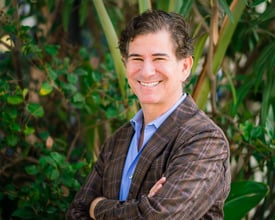 Tony Greenberg
Tony Greenberg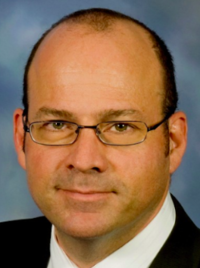
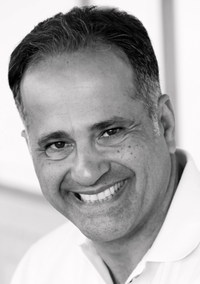 Ivan Nikkhoo, Managing Partner – Navigate Ventures
Ivan Nikkhoo, Managing Partner – Navigate Ventures Michael Sherman, Neil Elan and Karine Akopchikyan
Michael Sherman, Neil Elan and Karine Akopchikyan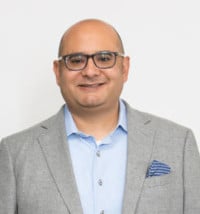 Alejandro Guerrero
Alejandro Guerrero Eric Eide, Alliance for SoCal Innovation
Eric Eide, Alliance for SoCal Innovation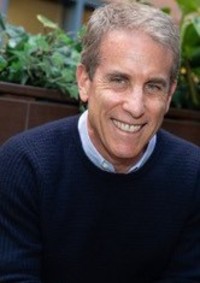 Kevin DeBre
Kevin DeBre Braven Greenelsh
Braven Greenelsh Rob Freelen, Los Angeles Market Manager, Silicon Valley Bank
Rob Freelen, Los Angeles Market Manager, Silicon Valley Bank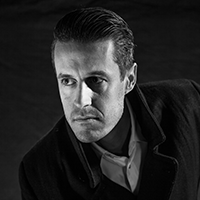 Braven Greenelsh
Braven Greenelsh Kaäre Wagner, Silicon Valley Bank
Kaäre Wagner, Silicon Valley Bank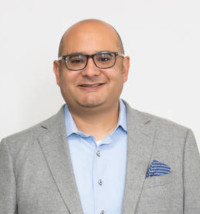 Al Guerrero, Silicon Valley Bank
Al Guerrero, Silicon Valley Bank Rob Freelen, Los Angeles Market Manager, Silicon Valley Bank
Rob Freelen, Los Angeles Market Manager, Silicon Valley Bank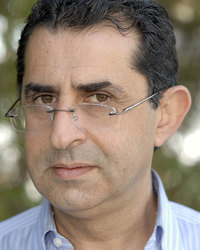 Sid Mohasseb
Sid Mohasseb William Hsu
William Hsu Braven Greenelsh
Braven Greenelsh Dinesh Ravishanker
Dinesh Ravishanker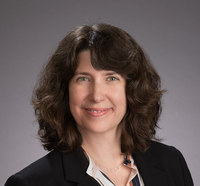 Dina Lozosfky
Dina Lozosfky Melinda Moore
Melinda Moore Ivan Nikhoo
Ivan Nikhoo Jaspar Weir
Jaspar Weir Erik Caso
Erik Caso Tracy Olmstead Williams
Tracy Olmstead Williams Dave Berkus
Dave Berkus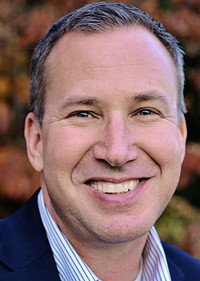 Bernard Luthi
Bernard Luthi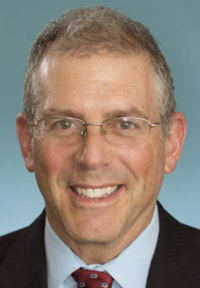 Peter Cowen
Peter Cowen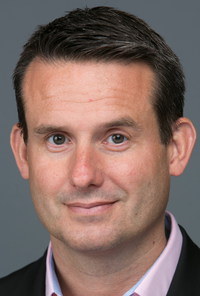 Nick Hedges
Nick Hedges Eric Larsen
Eric Larsen Michael Terpin
Michael Terpin Steve Reich
Steve Reich